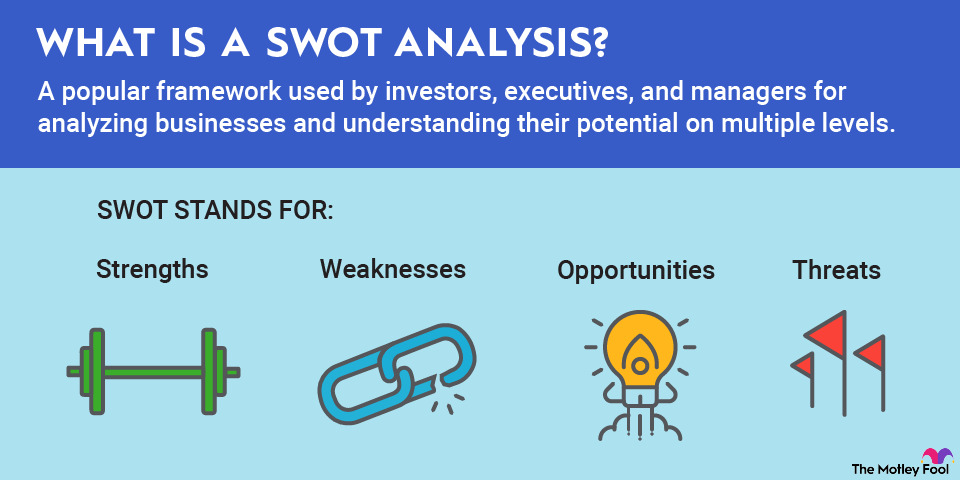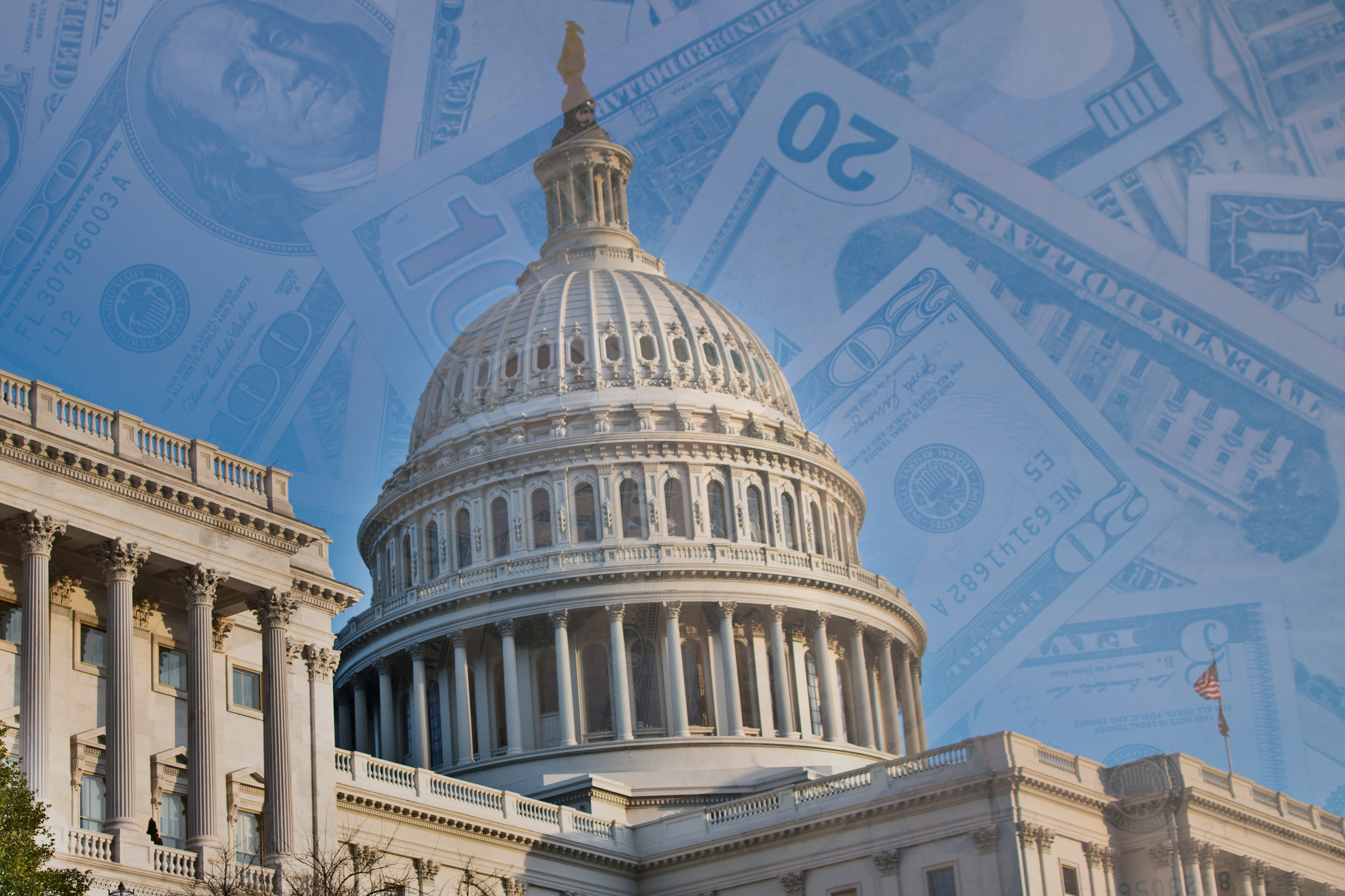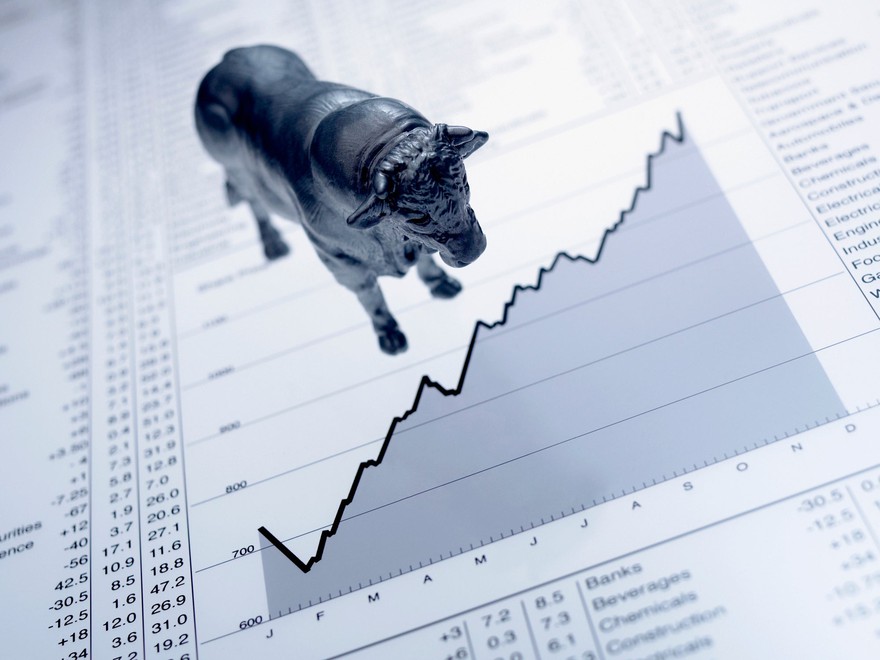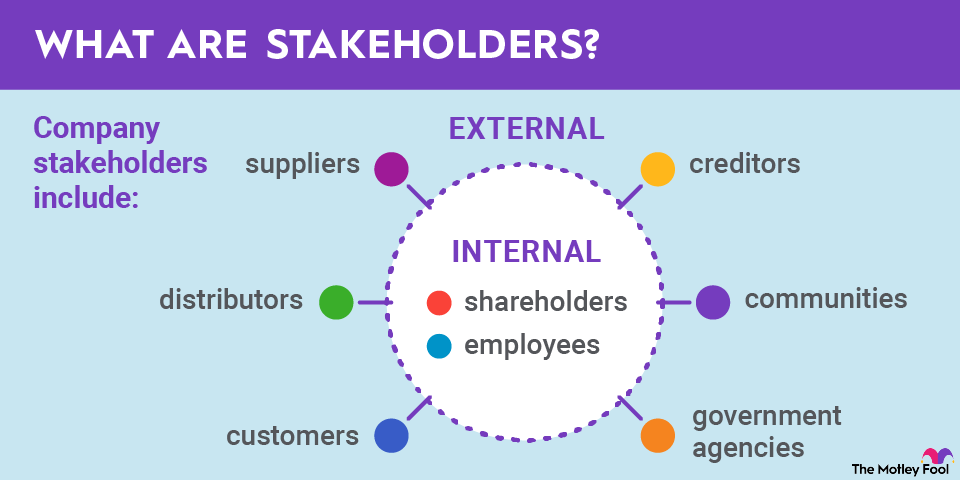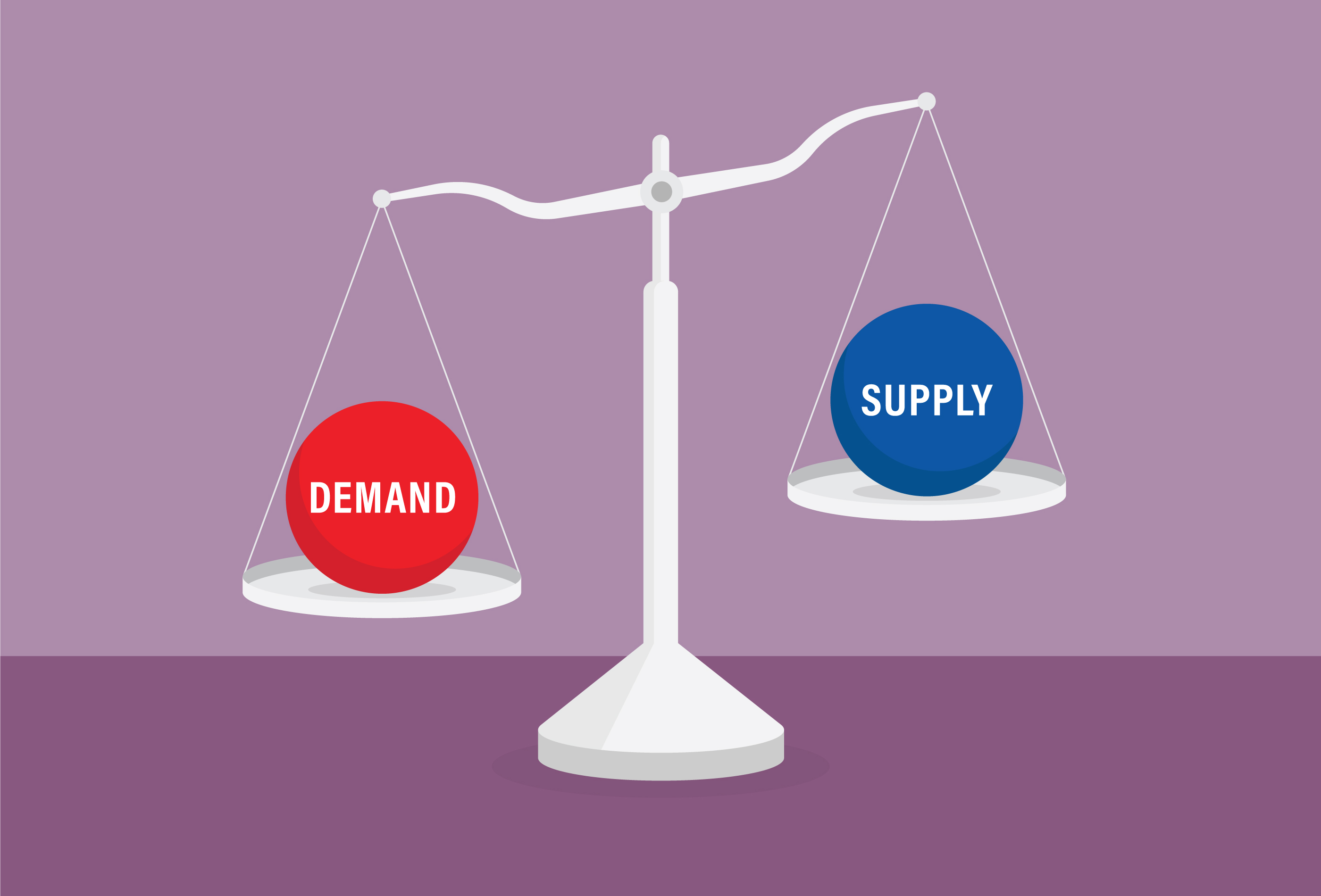There are lots of interesting phenomena that occur throughout the year in the stock market, including the Santa Claus rally. Although this may not provide a huge boost to your portfolio, it's well worth being aware of for next Christmas. Read on to learn more.

What is a Santa Claus rally?
Just like jolly ol' Saint Nick brings surprises and gifts at the end of the year, Santa Claus rallies can bring extra gains to stock investors as December draws to a close. If you're going to get a chance to spy Santa Claus in the market, it will be in a period spanning the last five trading days of December and the first two of January.
During this period, returns can be higher than normal, and the simple existence of a Santa Claus rally often points to the incoming year having a much higher return overall. Years without Santa Claus rallies often have very poor returns, so there are a lot of good reasons to leave out milk and cookies next winter.
How often do Santa Claus rallies occur?
The phenomenon of the Santa Claus rally was first documented in Yale Hirsch's Stock Trader's Almanac in 1972, meaning that at that time, it was already a noticeable occurrence. In the last 50 years, traders have been keeping a much closer eye on the stock market to see if Santa is going to come and leave a little gift for Wall Street.
Over the last 50 years, Santa Claus rallies have occurred about 80% of the time, averaging about a 1.3% gain during the Santa Claus rally period. This might not seem like much, but remember, this gain is across just seven trading days at the end of the year.
What causes a Santa Claus rally?
No single thing causes a Santa Claus rally, but there are plenty of elements that come together at the end of the year that are believed to contribute, including:
- Institutional investors. Institutional investors influence the Santa Claus rally in two ways. First, these big movers often take off toward the end of the year, making it easier for retail investors to influence markets (more on that later). Secondly, when they don't, they're making large buys of well-performing stocks to bulk up their portfolios, pushing prices up.
- Christmas bonuses. Smaller investors with big Christmas bonuses may be willing to spend more money for stocks they believe in and even for some that they don't. Since it's basically free money, it's a lot easier to risk it on unknown stocks, pushing prices upward.
- Tax loss harvesting. Tax loss harvesting is when someone sells their stocks at a loss for tax purposes. You'd think this wouldn't help Santa Claus, but it can since those drops in stock prices can encourage the spending of the Christmas bonuses mentioned above, sending stock prices higher overall.
- Fewer short sellers. Like many institutional investors, short sellers are also often on holiday at the end of the year, which means there are fewer pessimists in the market to provide a counterbalance to all the optimists buying long and pushing stock prices upward.
- Believing in Santa Claus. Last but not least, last year's Santa Claus rally can cause another Santa Claus rally. Simply believing one will occur can be a powerful enough influence that investors aren't afraid to pay a little more or to push stock prices to new highs.
Related investing topics
Why do Santa Claus rallies matter to investors?
Believing in Santa Claus isn't just for little kids – the strong belief in the Santa Claus rally can also be a great benefit to stock investors at the end of the year. Although it doesn't occur every year, Santa Claus rallies happen often enough that they can give your portfolio a little boost if you're careful about when you buy and sell in December.
We can never really time the market, but knowing that the Santa Claus rally is likely means that any planned sales you may make could be worth a little bit more in those last five days of December and the first two days of January, too. If you're going to buy, you may pay a little bit more, but since most Santa Claus rallies turn into a full year of gains, you'll probably still be OK if you approach the market with a long-term investing mindset.


